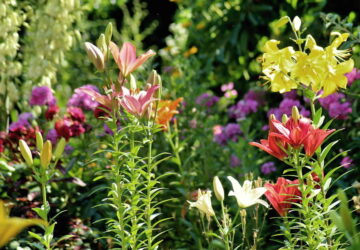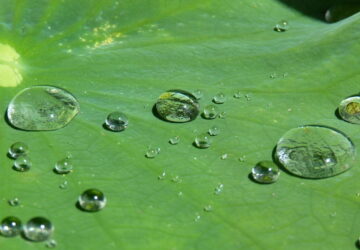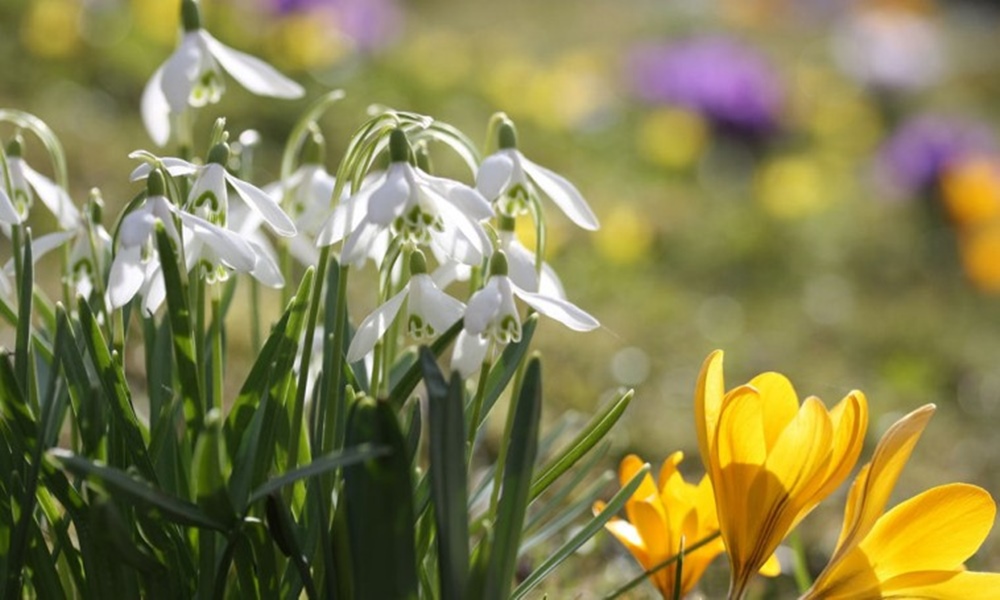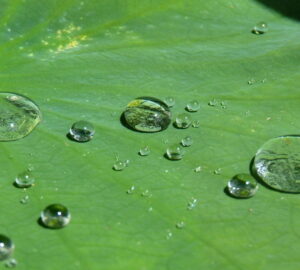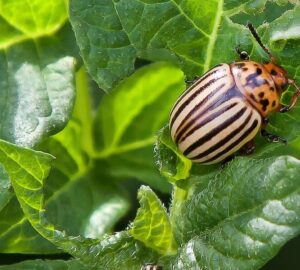As February unfolds, gardeners eagerly anticipate the subtle signs of a changing season. Though a blanket of snow may still cover the landscape, the promise of milder weather looms in the air. Snowdrops and Christmas roses defiantly bloom, heralding the imminent arrival of spring. This transition is the perfect moment to embark on a journey of garden care, from balcony blossoms to lawn rejuvenation. Here are seven gardening tips tailored for the unique charms of February, providing a roadmap for cultivating a thriving garden as winter gives way to the vibrancy of the coming season.
1. Balcony Bounty: Cultivating Summer Flowers from Seed
In the waning days of February, sow the seeds of annual flowers in balcony boxes. Choose vibrant varieties that will burst into bloom come May. Plant the seeds in pots filled with potting mix, lightly press them into the soil and water moderately. Place the pots in a bright, cool indoor space, such as a windowsill (sans heater). For those with an unheated greenhouse or conservatory, it’s an ideal spot. After about four weeks, introduce a diluted liquid nutrient solution to the irrigation routine for optimal growth.
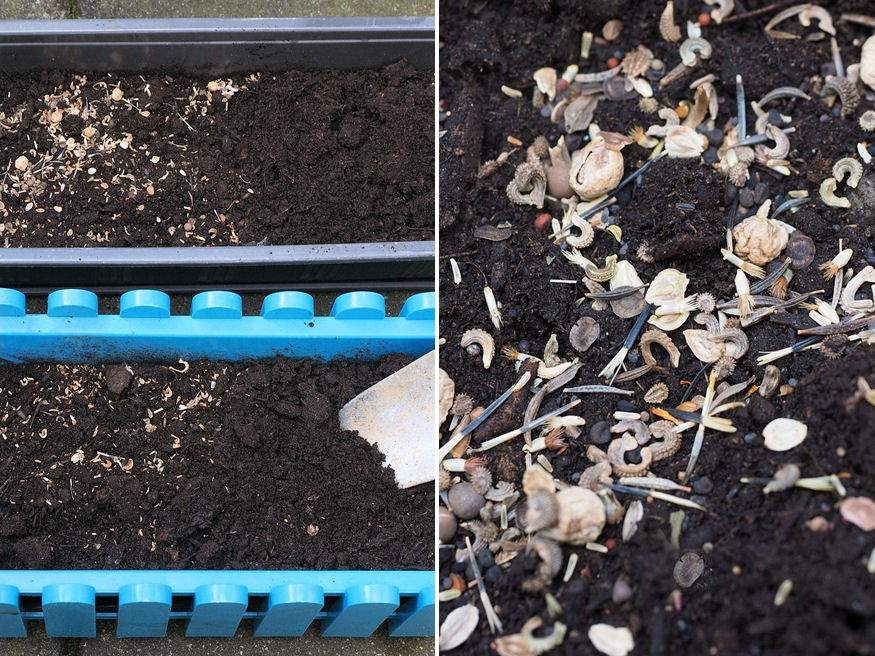
2. Pruning Symphony: Tending to Summer and Fall Flowering Shrubs
Before the songbirds claim your garden for nesting, indulge in some pruning. Trim back summer and autumn-blooming shrubs like panicle hydrangea, rose of Sharon, butterfly bush and Japanese meadowsweet. These plants produce flower buds on their one-year-old canes, so choose a frost-free day for this essential task.
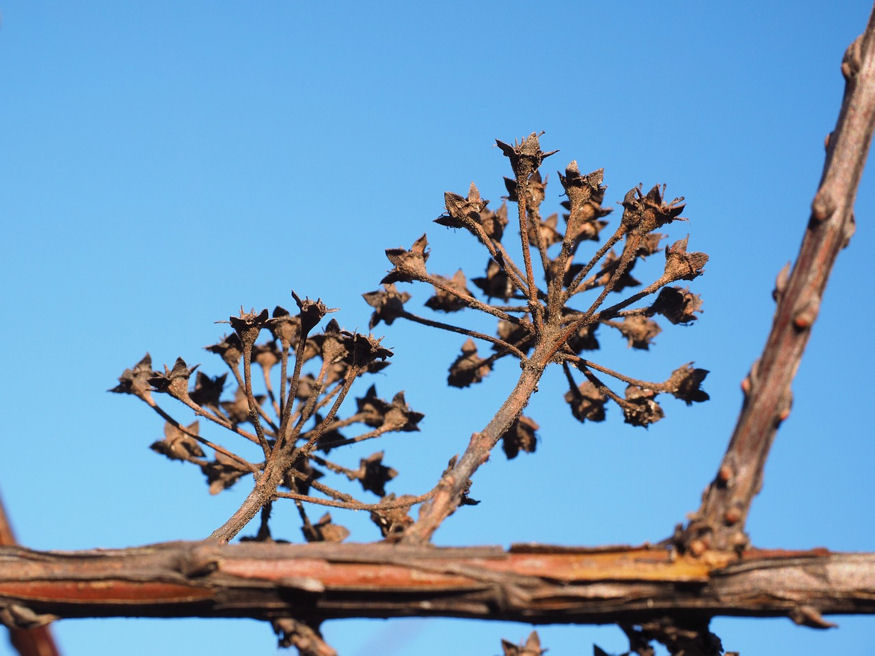
3. Snowdrop Chronicles: Propagating Nature’s Ephemeral Gems
While snowdrops naturally spread, aiding in their propagation during the flowering period or immediately after can be rewarding. Lift clumps from the ground, divide them into sections and replant. Don’t forget the essential touch of watering for the newly transplanted blooms.
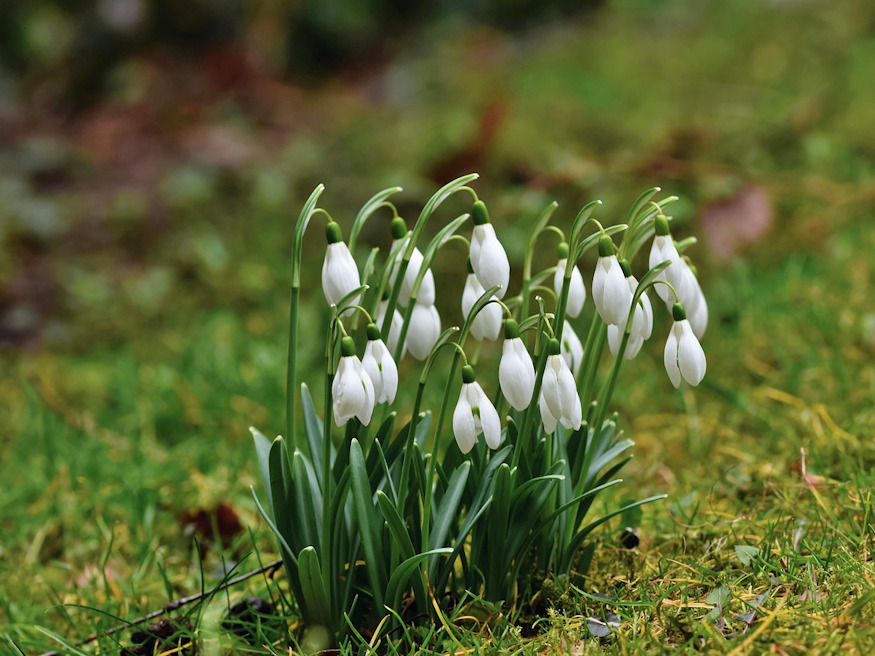
4. Perennial Prodigy: Propagating Vegetables
Early spring is the opportune time to propagate horseradish, Jerusalem artichoke and black salsify through division. Dig up the plants, separate them into parts and replant in desired locations. Ensure a good watering to establish the newly transplanted plants.
5. Frame the Future: Establishing Cold Frames
In late February or early March, set the stage for seed sowing by constructing cold frames. Begin by incorporating compost into the soil and consider a layer of horse manure for natural heating. After digging the soil and applying manure, add a layer of garden soil enriched with compost. Within a week, the bed will warm, signaling the opportune moment to sow seeds.
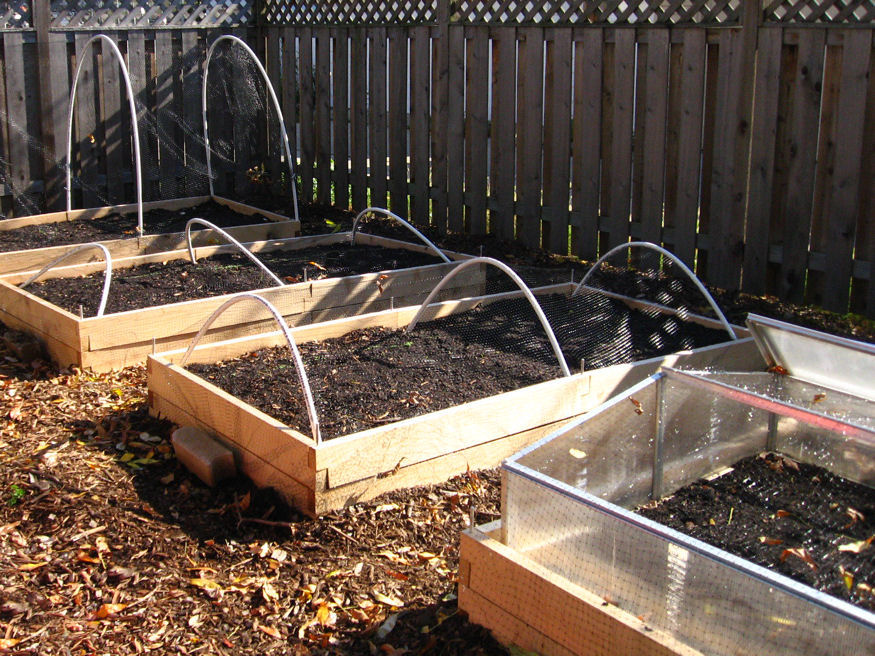
6. Revitalize the Green Carpet: Initiating Lawn Care
Toward the end of February, as heavy snowfall becomes less expected, it’s time to rejuvenate your lawn. Employ a lawn rake to clear away leaf litter, patches of moss and branches, facilitating healthier grass growth. Water only on frost-free days, as needed.
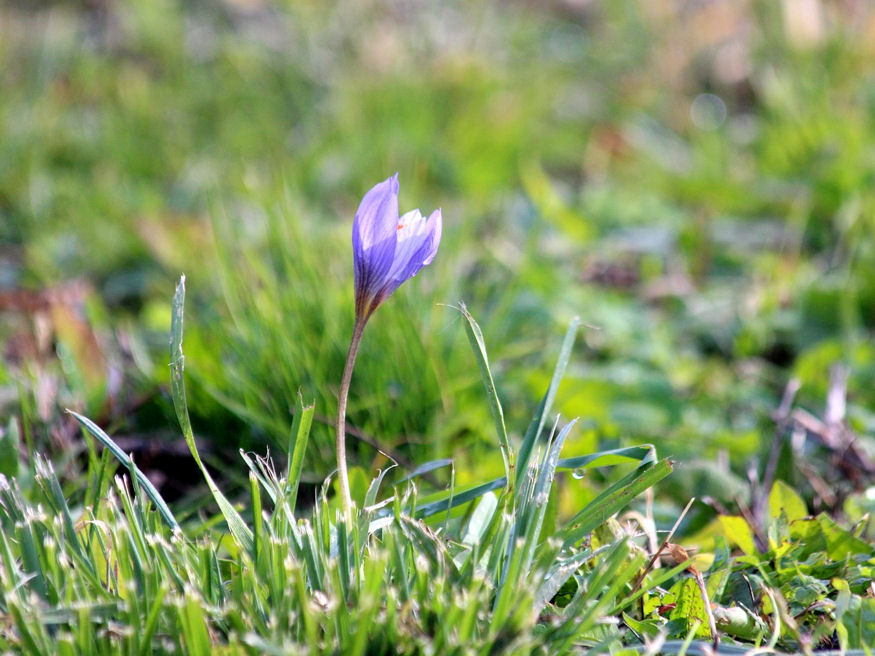
7. Disease-Free Delight: Trimming Ailments from Berry Bushes
Address powdery mildew or mite infestations in raspberry, currant, blackberry or gooseberry bushes by pruning affected canes. A thorough pruning stimulates the growth of new, healthy shoots, an investment even if it means forgoing a harvest for a season.
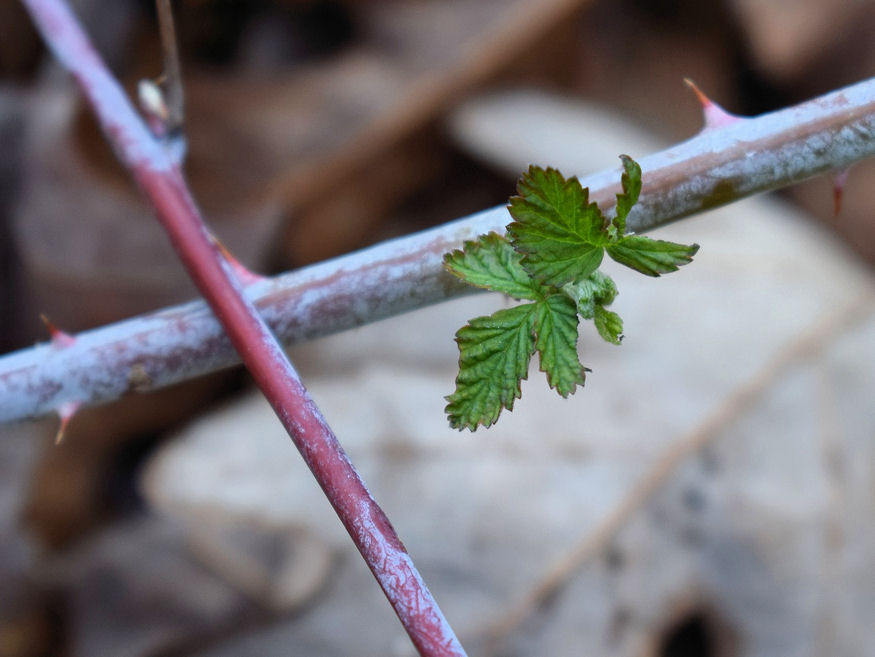
February’s Prelude to Blooms
In the quiet dance between winter’s end and spring’s emergence, February offers a canvas for gardeners to compose a symphony of life. From balcony flowers to the sprawling lawns and delicate berries, these seven tips ensure that every garden corner thrives in anticipation of the warmer days ahead. As nature awakens, so too shall your garden, a testament to the care invested during the quietude of February.
